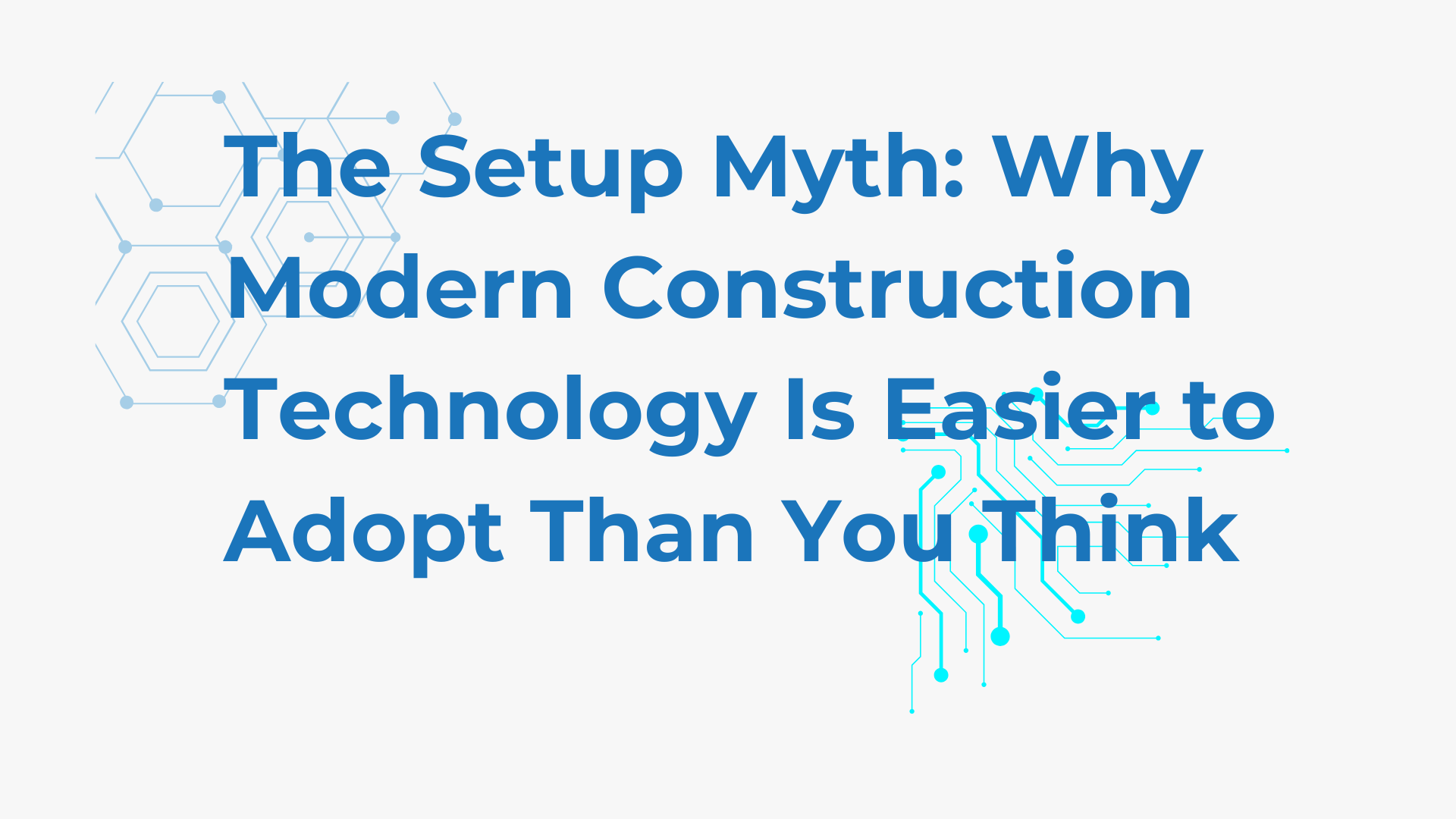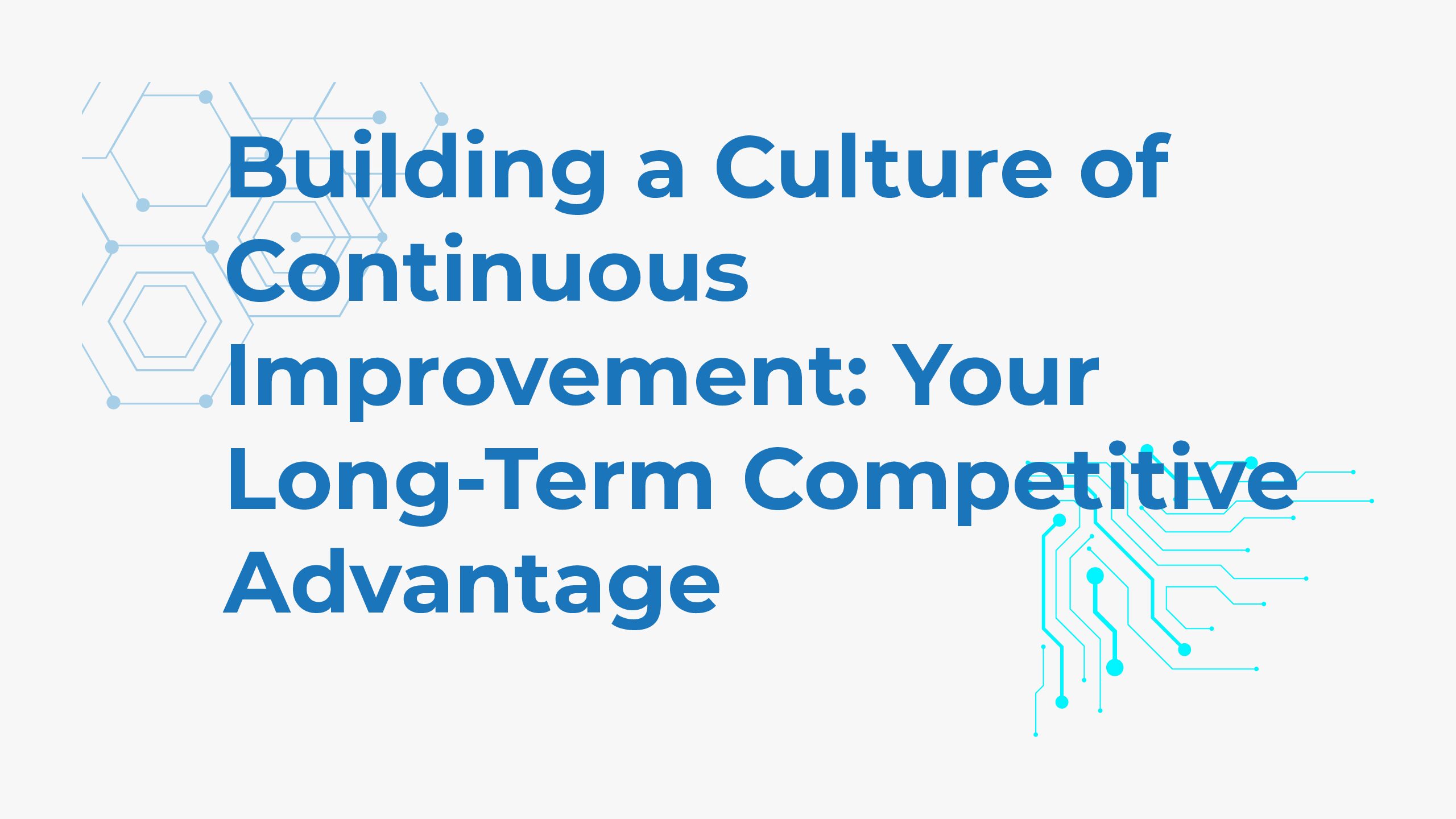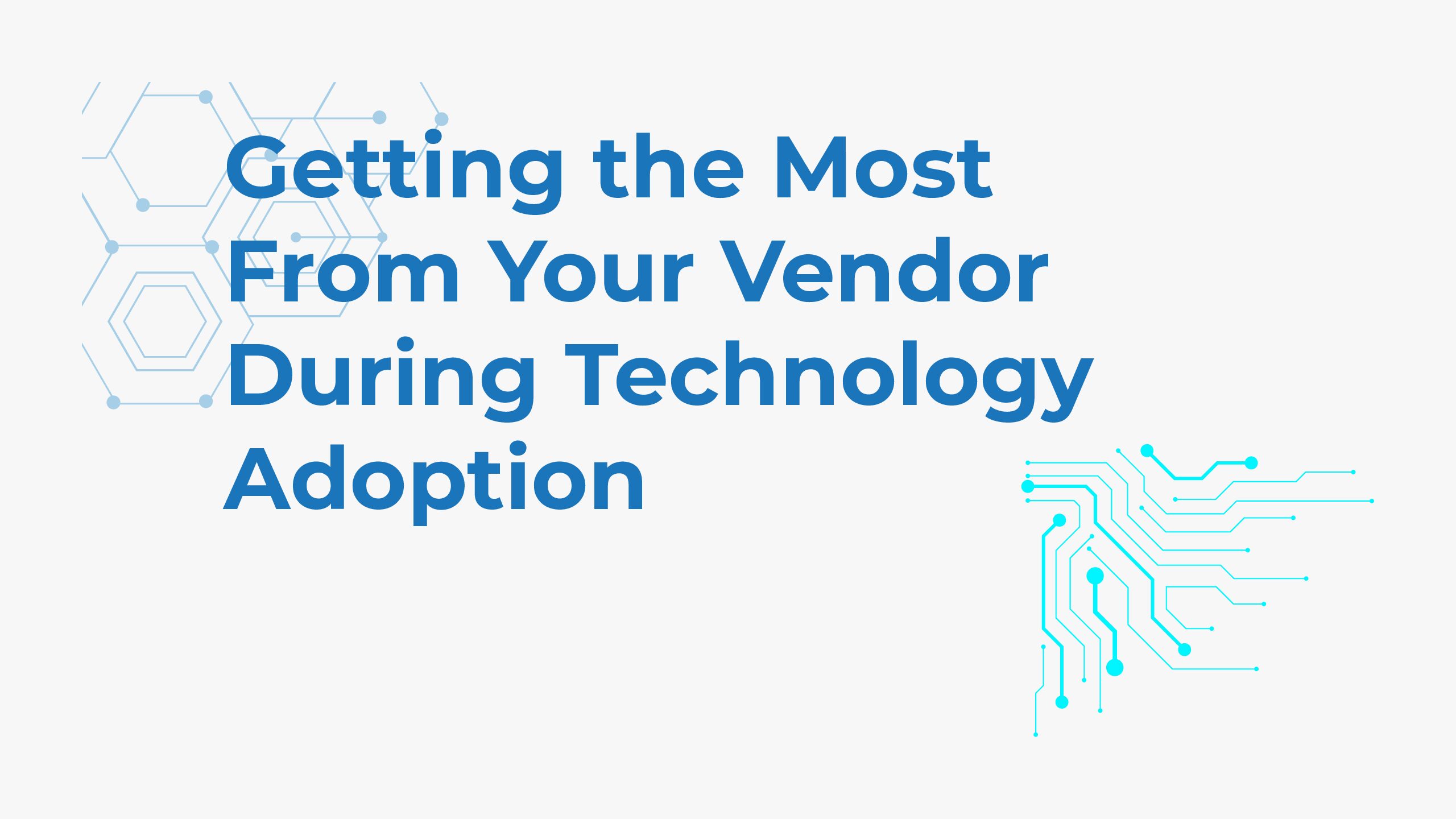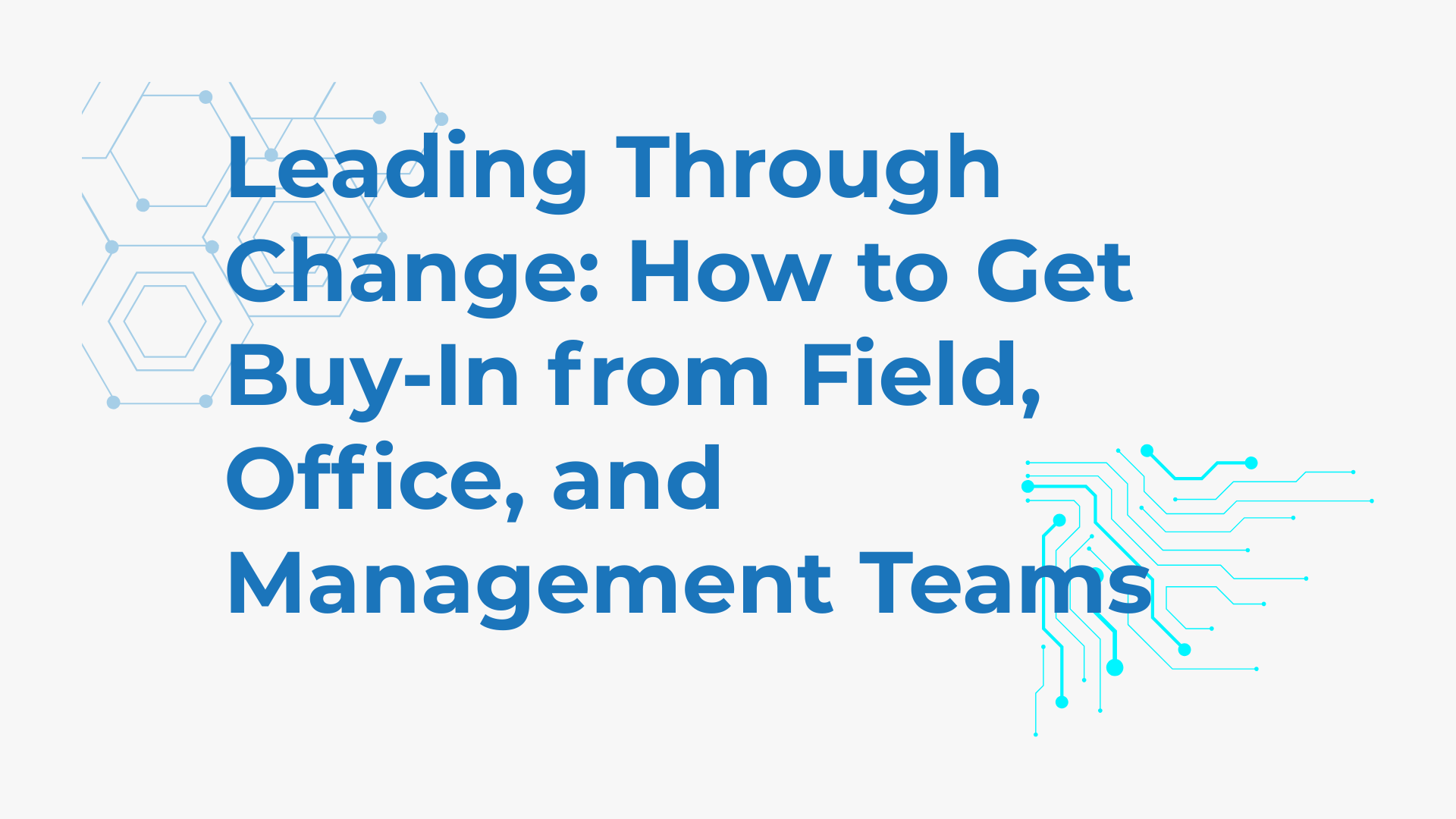
Introduction
In our last post, we talked about how starting small and focused can drive successful technology adoption. But even with a smart pilot plan, one major fear often remains: the belief that setting up new software will be long, painful, and disruptive.
This fear isn’t unfounded — it has historical roots. Large enterprise systems (like ERPs) were notoriously difficult to implement, often requiring months of effort, heavy customization, and outside consultants. Those experiences created a lasting myth that all new software adoption must be complicated.
But today, that fear is largely outdated.
Most modern construction technology isn’t trying to do everything. Instead, they are power plays — focused solutions designed to solve specific, high-value problems. This narrower scope means faster setup, simpler onboarding, and less disruption.
For example, many of Zurel’s solutions can be set up in just a matter of an hour or less.
Unfortunately, the myth is sometimes kept alive because some vendors (and value-added resellers) continue to charge large setup fees. These fees often reflect a business model more than the true complexity of the setup. If a setup fee is significant, it could mean the software itself is too complicated — or it could mean the vendor is adding unnecessary layers.
Today, well-designed construction software should be quick to deploy, intuitive to use, and supported by vendors committed to helping you get results, not prolonging the setup process.
In this post, we’ll break down where the setup myth comes from, why it no longer applies to modern technology, and how you can move forward with confidence — without getting stuck waiting for the “perfect time” to adopt.
The Origins of the Setup Myth
The setup myth didn’t appear out of thin air. It was built over decades of painful experiences with large, all-encompassing enterprise systems.
Historically, construction firms trying to implement enterprise resource planning (ERP) systems faced months — sometimes even years — of complicated installations, custom development, endless training sessions, and ongoing consulting support. It was a massive effort that often disrupted operations and drained resources.
Even though modern technology is vastly different, the memory of those painful rollouts lingers. It creates a fear that any new software, no matter how focused or modern, will bring the same chaos.
Adding to the confusion, some software vendors and value-added resellers still charge large setup fees. For them, onboarding is part of their revenue model — whether or not the technology itself demands it.
This pricing structure can give firms the impression that all modern tools require heavy setup, when in reality, many newer construction technologies are designed for fast, simple deployment.
Today, if a vendor insists on large, complicated setup processes, it’s worth asking whether the software itself is too bloated for practical use — or whether the vendor’s business depends more on selling services than on delivering easy-to-adopt solutions.
Modern construction software, especially specialized solutions, should empower teams to get up and running quickly — without the pain and cost of old-school enterprise implementations.
What’s Different Today
Modern construction software has dramatically changed the adoption landscape.
Unlike the massive, monolithic systems of the past, today’s solutions are:
- Cloud-based: No servers to install, no complex IT infrastructure. With cloud hosting, deployment is fast, updates are automatic, and access is available anywhere.
- Specialized and focused: Instead of trying to solve every problem, modern tools concentrate on doing a few critical things extremely well — which means setup is simpler and more intuitive.
- User-friendly by design: Interfaces are built for real users, not just IT departments. Field teams, safety managers, and project coordinators can learn systems faster because they mirror real-world workflows.
- Supported by guided onboarding: Vendors today often provide step-by-step onboarding, training resources, and customer success teams to ensure fast setup and early wins.
- Flexible for phased rollout: You don’t have to turn on everything at once. You can pilot core features first, then gradually expand adoption as teams build confidence.
Together, these changes mean that setup today is far less about “surviving disruption” and much more about “building momentum quickly.”
Many of these advantages are true of Zurel’s solutions — and of many other modern, well-designed construction technologies. If the setup feels slow or overly complex, it’s no longer the industry norm — it’s a sign you may want to look for a better fit.
Why Fear of Setup Costs More Than Setup Itself
Delaying technology adoption because of setup fears can quietly become one of the most expensive decisions a construction firm makes.
Every month spent waiting is a month where:
- Savings from greater efficiency aren’t realized,
- Risks tied to outdated processes remain high,
- Opportunities to win more work or finish faster are missed,
- Your competition moves a step ahead.
The real “cost” of setup isn’t the time spent onboarding — it’s the lost value from standing still.
When you choose modern, easy-to-adopt tools, setup becomes a short-term investment for a long-term payoff. The sooner you start, the sooner you unlock gains in productivity, safety, and project performance.
Fear of setup belongs to an older era. Today, the bigger risk is hesitating while the industry — and your competitors — move forward.
How to Set Yourself Up for Success
Making setup smooth and successful isn’t about working harder — it’s about approaching adoption with focus and the right partners.
Here’s how to position yourself for success:
- Start with focused features: Prioritize implementing the core tools that solve your most urgent needs. Don’t overwhelm your teams trying to turn on everything at once.
- Pick the right vendor: Choose a vendor who provides strong onboarding, responsive support, and a realistic rollout plan — not just a product.
- Designate internal champions: Assign team members who will guide, encourage, and model adoption for others.
- Set a short, concentrated timeline: Treat your initial adoption like a sprint. A focused window builds momentum, ensures better learning, and maximizes vendor onboarding support.
- Celebrate early wins: Recognize and share small successes to keep teams motivated and confident.
Setup is no longer the monster it once was. With the right approach, you can move from decision to deployment faster than ever — and start realizing the benefits right away.
Final Thoughts
The technology itself is no longer the obstacle.
Today’s construction software — when designed well and adopted with focus — can be set up quickly, supported effectively, and delivering value within weeks, not months.
The real threat isn’t the time it takes to get started — it’s the time you lose by not starting.
If you’ve already identified tools that fit your needs, don’t let outdated fears about setup hold you back. Focus small, work with the right partner, and move forward confidently.



